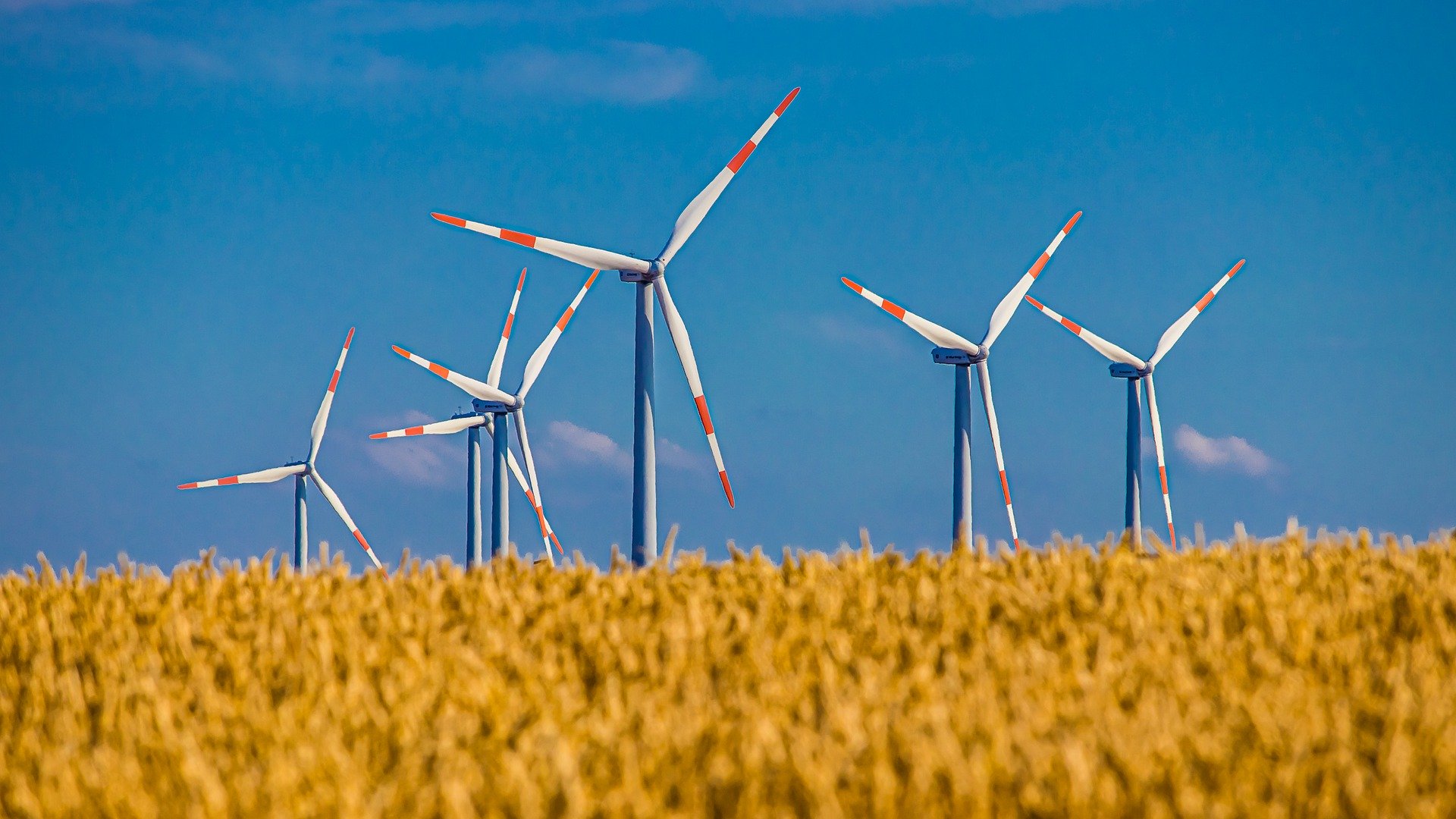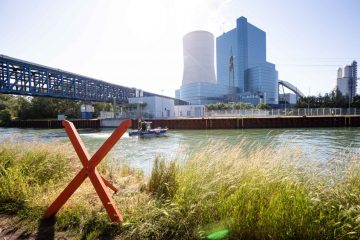Shut down three, start a new one?

One main argument used by proponents of Datteln 4 is that it would replace several old power plants. Datteln 4 would be a contribution to climateprotection and would reduce CO2 emissions, politicians say. But this simple calculation does not work out! Quite on the contrary: a plus of around 40 million tonnes of CO2 would be emitted during the years that Datteln 4 is operating, excluding the emissions from transport.
Uniper manages several power plants that have been in operation for many decades. The power plants Scholven B and C, as well as Wilhelmshaven, were commissioned between 1968 and 1976 and have been connected to the grid since then. The plan is to take these off stream at the end of 2022 to ensure that Datteln 4 is commissioned. Fewer emissions from old power plants for the same amount of electricity, is what they argue.
Overcompensation
However, it makes a significant difference whether you calculate in terms of the number of power plants - shut down three, start a new one - or in terms of power plant output, which is what actually counts for the environment. In this case, it would be "380 MW off, 1055 MW on."
Uniper's hard coal-fired power stations have been operating at low capacity for years: Of the 2,832 MW of installed capacity in Germany, only 592.51 MW were in use in 2019, i.e. 20.9%. In 2020 (as of May), it was only 17.02%. The downward trend, which was already visible in the years before 2019, is likely to continue in the upcoming years.
Die drei bis Ende 2022 abgeschalteten Kraftwerke haben zwar eine große Kapazität von 1477 MW, sind jedoch kaum noch ausgelastet: Scholven B zu 38,2%, bzw. 131,79 MW, Scholven C zu 56,5%, bzw. 194,93 MW und Wilhelmshaven zu 7%, bzw. 52,99 MW. Zusammengerechnet sind das 379,71 MW und damit nur rund ein Drittel der Leistung von Datteln 4 mit 1055 MW.
Uniper geht noch einen Schritt weiter und verkündet stolz die Abschaltung von zwei weiteren Kraftwerken mit noch einmal 1385 MW Kapazität für 2025. Damit hätte Uniper ab 2025 nur noch Datteln 4 als Steinkohlekraftwerk am Netz. Doch auch hier ist es das gleiche Prinzip: Heyden war 2019 bloß zu 8,7%, bzw. 76,13 MW und Staudinger 5 zu 26,8%, bzw. 136,68 MW ausgelastet. Bei bis 2025 gleichbleibender Stromproduktion, von weniger ist auszugehen, wären dann 592,51 MW von Datteln 4 kompensiert.
Although other power plants will be shut down for Datteln 4, Datteln 4 will produce far more electricity and CO2 than necessary for compensation! Because of the cheap production and the long running purchase contracts it can be assumed that Datteln 4 will run at high load. A displacement of renewable energies will also lead to high high CO2 emissions. führen .
Uniper could shut down all the coal-fired power plants immediately
Now, one could go one step further and take a look at Uniper's gas-fired power plants. Uniper operates three gas-fired power plants with a total of six units. Last year, around 3300 MW of capacity was installed, of which 1.6% were utilised in 2018, 1.0% in 2019, and 0.9% in 2020 (as of May). Or, to put it another way: out of 365 days, they only ran at full load for about one long weekend.
Almost 3200 MW of unused capacity remains concerning gas-fired power plants. Uniper could therefore immediately take all its hard coal-fired power stations off the grid and compensate this using gas-fired power stations. The Schkopau lignite-fired power plant with an average of 329.85 MW could also be included in this calculation in 2019.
The data used for all calculations made was sourced from Uniper1)https://www.uniper.energy/de/stromerzeugung/laender/deutschland
, the Federal Network Agency2)https://www.bundesnetzagentur.de/DE/Sachgebiete/ElektrizitaetundGas/Unternehmen_Institutionen/Versorgungssicherheit/Erzeugungskapazitaeten/Kraftwerksliste/kraftwerksliste-node.html
and the Fraunhofer Institute3)https://www.energy-charts.de/percent_full_load_de.htm?source=coal&year=2019
. Unless otherwise stated, the average figures refer to 2019.
The locations of the power plants and their possible local significance were not taken into account. Uniper could massively save CO2 emissions nonetheless.
Stand: 13.08.2020
Sources:


